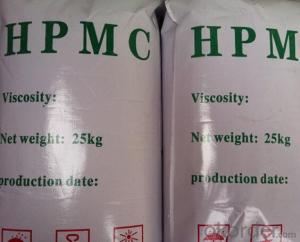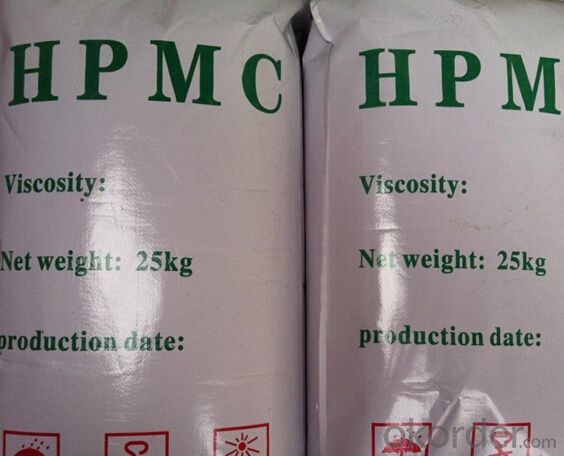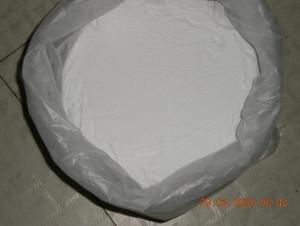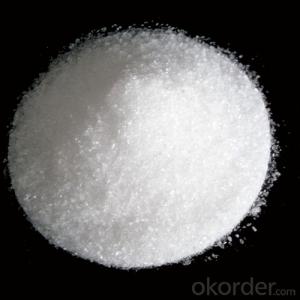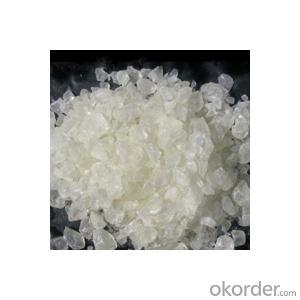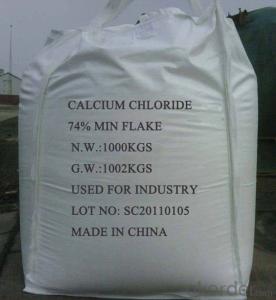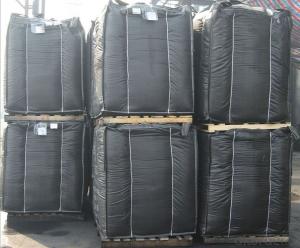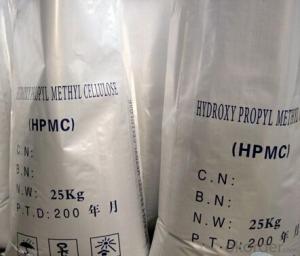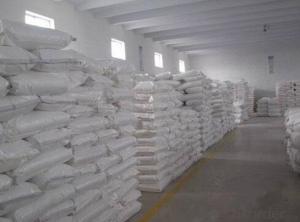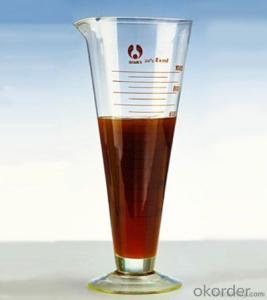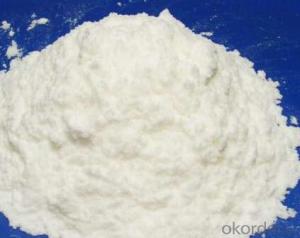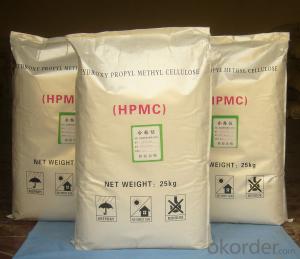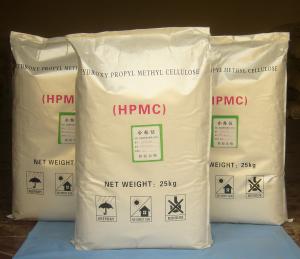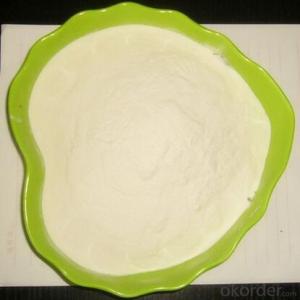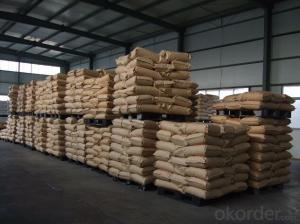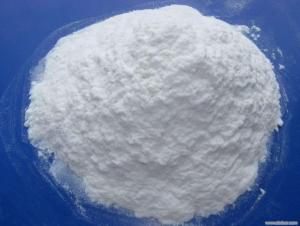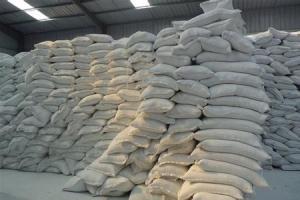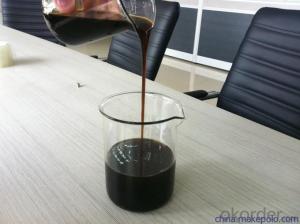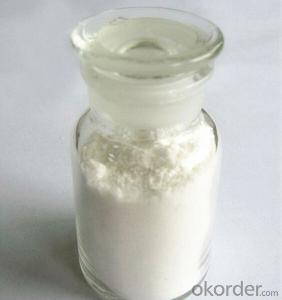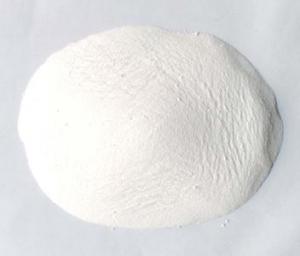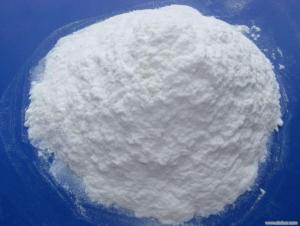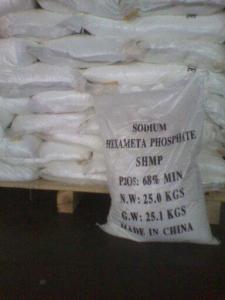Hydroxypropyl Methyl Cellulose HPMC Good quality
- Loading Port:
- Qingdao
- Payment Terms:
- TT OR LC
- Min Order Qty:
- 2 m.t.
- Supply Capability:
- 1000 m.t./month
OKorder Service Pledge
OKorder Financial Service
You Might Also Like
Introduction of Hydroxypropyl Methyl Cellulose HPMC Good quality
Hydroxypropyl Methyl Cellulose HPMC Good quality is a non-ionic cellulose ethers produced from matural high molecular cellulose through series of chemical changes, They are characterized by the solubility in water, water retention, non-ionic type, stable pH value, surface activity, reversibility from gelling to solving at different temperature, thickening, binding, film-forming, lubricating and mold resistance. Due to all these special properties, they are widely applied for thickening, gelling, emulsifying, dispersing, stabilizing, water retaining and mixing improving in industries like building material, painting, synthetic resin, porcelain, medicine, food, textile, agriculture, cosmetics and tobacco
Image of Hydroxypropyl Methyl Cellulose HPMC Good quality
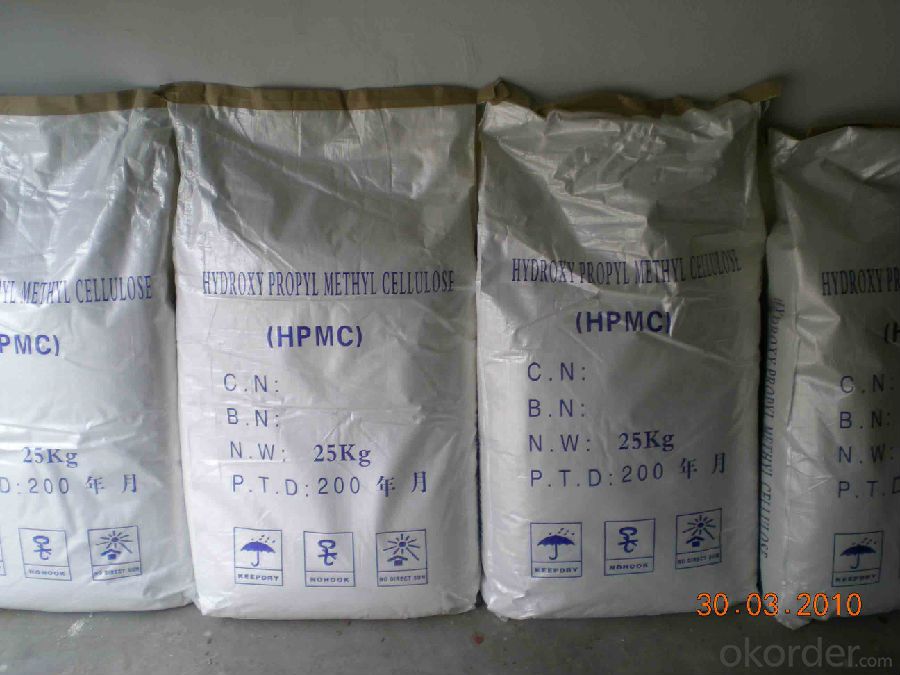
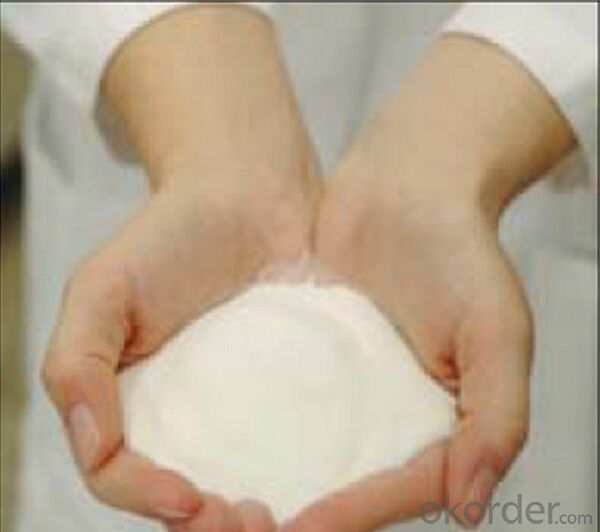
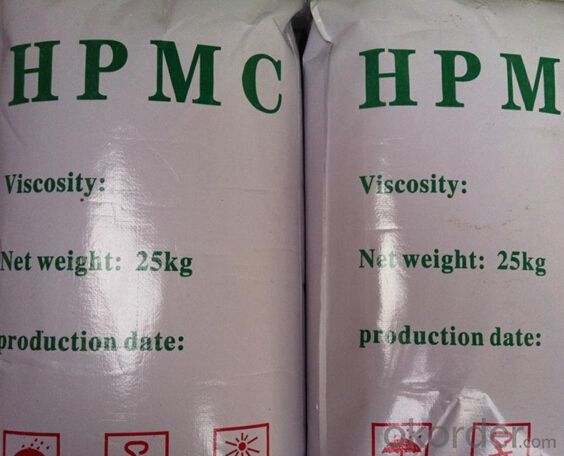
Application of Hydroxypropyl Methyl Cellulose HPMC Good quality:
Hydroxypropyl Methyl Cellulose HPMC Good quality is widely used in food, cosmetic and other daily use chemical lines, Typical usage as following:
1, External wall insulation system (EIFS)
2, Interior and exterior wall interface agent
3, Tile adhesive
4, Crack Filler
5, Self-leveling mortar
6, Gypsum-based plaster
Specification of Hydroxypropyl Methyl Cellulose HPMC Good quality
Item | Specification |
CAS NO. | 9004-65-3 |
Appearance | white or light yellow powder |
Moisture Content | ≤5.0% |
PH | 4.0-8.0 |
Particle Size | min. 98% pass through 100 mesh |
Viscosity | 5000ps-200000cps, 2% solution |
- Q: Thanks for the replys
- I don't know of an easy way to remember the tube types and tests. Its just something you have to work on - though it does come pretty quickly. Another important item is the draw order of the tubes. It's very important to ensure that tube contents don't contaminate subsequent tubes and cause erroneous results.
- Q: do gas additives for cars work and are they necessary ?
- A good quality one will definitely help keep the injectors and the fuel system as a whole clean if used every once in a while. But at the same time, if you regularly use good quality gas, they have some of the same stuff in the gas that keeps those things clean too so it really depends on a couple things. If you are one to not really worry about what gas you use and always use what is cheapest and you do a lot of city driving, i would use a bottle with every oil change.
- Q: Does it effect long term performance? I need to know before I put it in.
- also check your gas tank everybody was making comments about the gas smell coming from my truck turned out to be a leak in my gas tank, whatever you do don,t toss a cig out and get it checked out as soon as possible, you can also postion a small bowl or something under your car to see if the leak is from the tank
- Q: We always talk about additives and the big brewers do not want to list them (even a few) but what are they?
- Ininglass is an additive for finning beer. Cobalt was once used as a foam stabilizer.(no longer used) Probably BHT and others. I have read once that more than 50 even a 100 additives were used in some beers.
- Q: The animaniacs do a song about food additives. where can i find the lyrics for that song?
- Animaniacs Friendship Song
- Q: Just trying to find better ways to save gas. I dont drive it alot now and I dont drive over the speed limit. A full tank lasts about 10 days If 3 or more days it just sits at home. I dont drive it over 20miles a day. I see alot of additives at Autozone but dont no which one to use or if I should use one at all.
- The additive will clean your fuel system, however it will also build up on your plugs electrodes. So after running the solution you will need to remove your plugs, clean and re gap them. You will notice a power decrease and most often a hesitation after running these cleaners. I run the cleaner GUNK ALL IN 1 every year , it works wonders for the fuel system parts but it cakes up on the plug tips reducing ignition. I drive a 17 year old F150 with a 302, 5.0 liter engine and it has over 750,000 miles on it with out any work done to the heads or block. Expect hesitation problems after running this tank , it will be the plugs caked up. After you clean the plugs it will run perfect from then on.
- Q: Can you help me identfity the additive and muliplicative inverse for the following numbers?-10-0.1254/3How do you find the answer?
- Additive inverses for numbers are nothing other than change the sign (make a + into a -, or a - into a +), you could also multiply by -1 to achieve the same goal. So the additive inverses for each are +10 +0.125 -4/3 The multiplicative inverse is the reciprocal, which means exchange numerator and denominator of an integer fraction. If it is not written as a integer fraction do so, or divide it by 1. So first rewriting your list as integer fractions -10/1 -0.125 = -1/8 4/3 (didn't change it was already an integer fraction) the multiplicative inverses are -1/10 -8/1 = -8 3/4 Notice for the multiplicative inverse you DO NOT change the sign.
- Q: im guessing organic food is probably one of them,but i really dont know about anything else,
- Metzlers have a softer compound than the Dunlops. The Metzlers hug the road a little better, but wear out quicker. As a general rule of thumb, do try and use the same types on both wheels. I use Avon Venoms on both my RoadKing and on my Chopper.
- Q: i just want a really easy definition of food additives , and some general info on them , anything that you learned in school :)
- Anything that is not natural and something you would not want. Look for natural foods since they are better for your health. Also info is on the packages from FDA for us to read and know about our products.
- Q: What does it mean when you have a dilution problem whos volumes are additive? For instance, What is the concentration (Molarity) of the solution made by diluting 25.0 mL of 3.00 M HCl with 75.0 mL of water? (Assuming that volumes are additive.)I know that this is an M1V1 M2V2 problem, but does this mean that the volumes must be added, or that they have already been added and I can proceed with the problem?
- The phrase assume volumes are additive means that the problem wants you to assume that when you add 75ml water to 25ml 3M HCl you end up with 100ml of solution. This may seem silly, but in reality, you will probably end up with some volume less than 100 (albeit a very small amount less) since the HCl in solution affects the density and will result in a slightly different volume. The qualifying phrase simplifies the math for the problem. If you use your equation M1V1 M2V2, M1 3, V1 25. V2 100, and solve for M2.
Send your message to us
Hydroxypropyl Methyl Cellulose HPMC Good quality
- Loading Port:
- Qingdao
- Payment Terms:
- TT OR LC
- Min Order Qty:
- 2 m.t.
- Supply Capability:
- 1000 m.t./month
OKorder Service Pledge
OKorder Financial Service
Similar products
Hot products
Hot Searches
Related keywords
